2nd PhD cohort

Safae Aala
Heterogeneous
land uses characterize river basins worldwide and result in complex landscape
mosaics and mixed natural-rural-urban watersheds. Whereas the assessment of
changing land use effects on runoff production is a codified practice,
knowledge of the role of landscape patterns in determining water quality along
streams is less developed. In particular, high yields of suspended solids
triggered by intense anthropogenic land uses constitute an emerging concern
worldwide due to, e.g., the environmental peril of sediment bound pollutants
and light limitations endangering stream ecosystems. Understanding drivers of
pollution caused by suspended solids is a growing research subject that demands
robust approaches to describe the behaviours of heterogeneous watersheds,
estimate loads in the receiving streams, and predict outcomes of growing
urbanization and landscape restoration efforts. In the first step of the PhD
project, archetypical patterns of landscape organization and related
concentration-discharge relations will be identified. The second step covers
the modeling of how landscape organization affects stream particulate loads and
the evaluation of mosaics that are most prone to infringe regulatory
thresholds. Finally, landscape mosaics that may mitigate water quality stress
and buffer climate change effects will be assessed.
Safae's webpage
|
Mentor Team Dr. Soohyun Yang Dr. Stefano Basso Prof. Dietrich Borchardt Prof. Jacob Hosen Dr. Thomas Hoffmann |

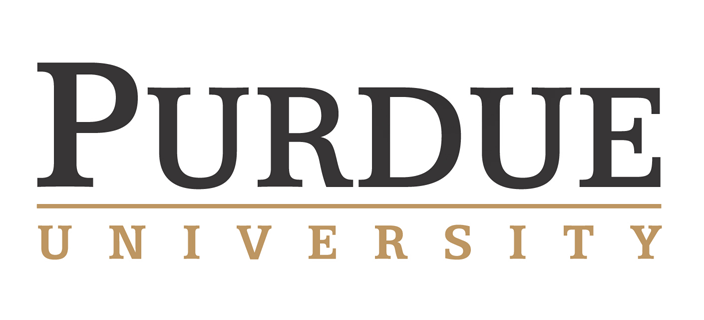
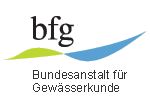
|
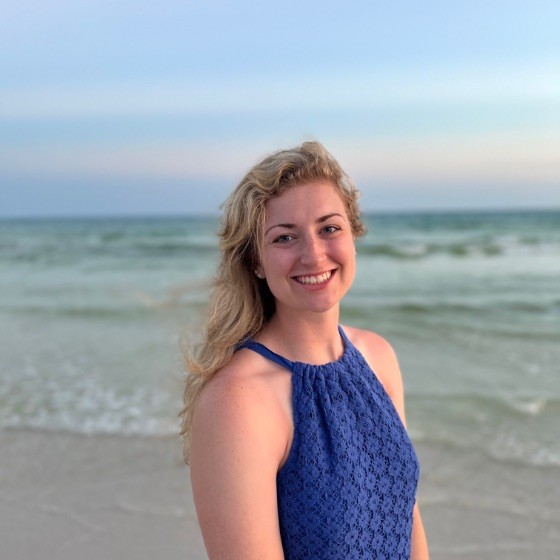
Lindsey Aman
Water quality of Florida springs can serve as a way to understand the source of Florida’s vast groundwater resources, where 90% of Florida’s drinking water is dependent on aquifer reserves, as well as an important ecological habitat for diverse wildlife. Springs across the state vary on a spatial scale, where springs may exhibit chemically different signals at a small spatial resolution. Dissolved solutes can serve as a proxy to aquifer source waters in an effort to understand the spatial influence on spring ecosystems. For example, DO in springs can serve as an indicator for ecosystem health, while conversely, springs with elevated DOC may be more susceptible to persistent organic contamination from anthropogenic sources. Understanding the spatial heterogeneity of water quality in Florida’s springs can further inform conservation efforts and policymakers for the protection of spring resources.
|
Mentor Team Prof. Matthew Cohen |

|
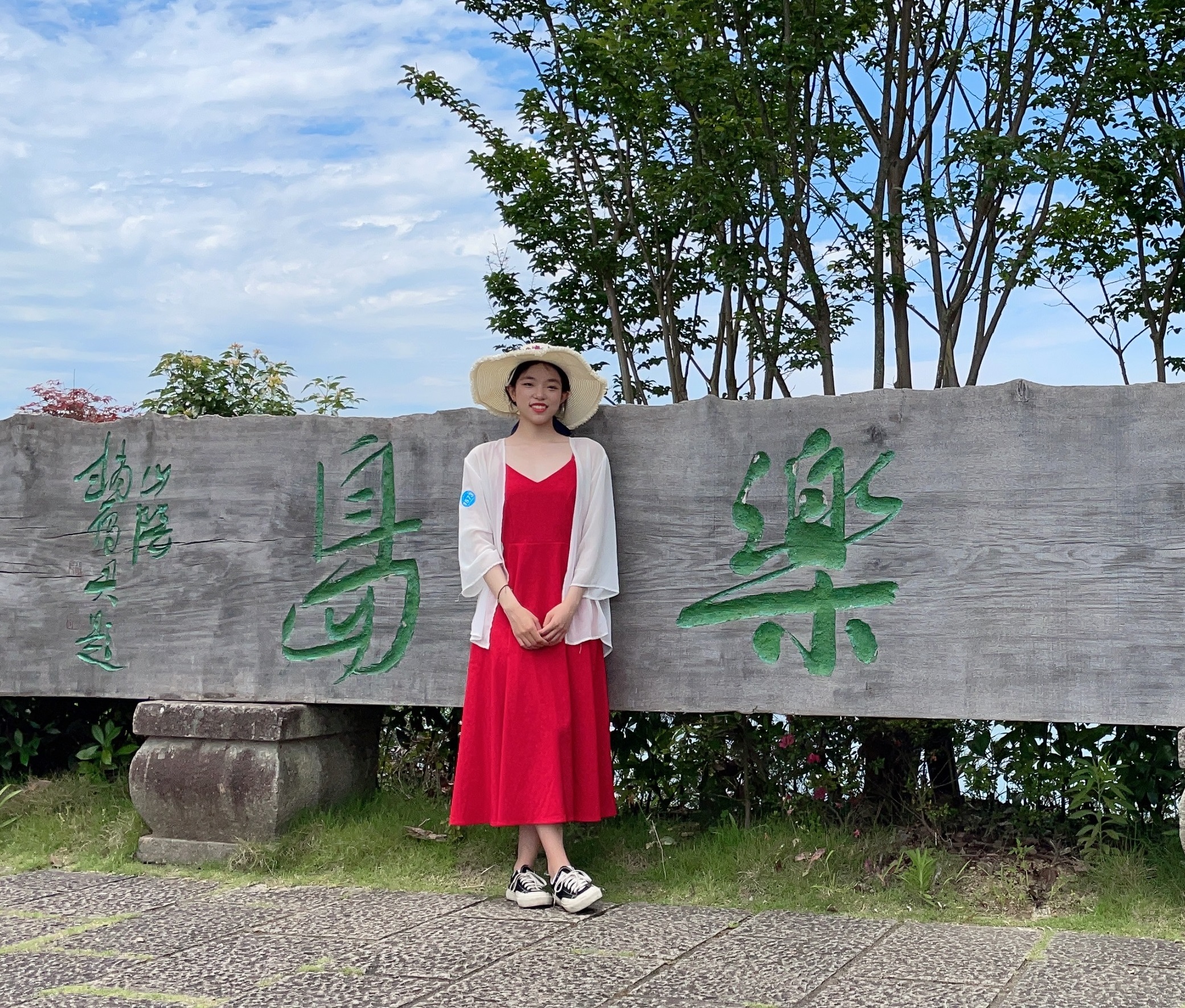
Mufeng Chen
As an important part of the natural system, forests influence the generation of runoff and processes of nutrient transformation and transportation in catchments. However, due to some external factors, such as climate change, bark beetle outbreaks and human activities, forest characteristics have changed a lot, so have the processes of runoff and nutrient loading. This project tries to figure out how and to what extent will the changes of forest cover and development and climate change affect the water quality and quantity in streams. In this case, water quality models are used and improved to simulate runoff and in-stream and soil nutrient turnover processes considering the continuous changing of climate, land use and other external factors. The direct and indirect effects of these factors on matter fluxes in forest catchments will then be clarified. Different scenarios of climate change and forest condition can be considered to predict future changes in water quality and to clarify how various reforestation managements measures affect forest growth and associated water and matter fluxes. A better understanding of the relationship between forest condition and nutrient migration and transformation will help to improve the water quality and propose better forest management.
|
Mentor Team Prof. Michael Rode Dr. Angela Lausch Dr. Seifeddine Jomaa |

|

Luisa Coder
This PhD project in the P-SPACE consortium focuses on a safe operation space preventing eutrophication in floodplain waters. They are particularly vulnerable because here the drought further reduces the groundwater levels, which have already been lowered in the long term by the anthropogenic conversion of the rivers. It is unclear if an efficient hydrological coupling to the stream increases the resilience of floodplain waters to drought, for example, through mixing, oxygen supply and low residence times preventing excessive algal growth. Alternatively, a close connection to the river could enhance the fluvial import of phosphorus and stimulate the formation of algal blooms, stronger day-night O2 fluctuations and the production of H2S. PhD I studies the water quality in floodplain lakes which are connected with varying efficiency to the main stream either by surface water or by groundwater. We apply the principle of 'trading space for time' and sample an old riverbed near Magdeburg, whose proximal part is still connected to the main river, but whose distal part has been cut off by damming.
|
Mentor Team Dr. Jörg Tittel Dr. Susanne Dunker Dr. Andreas Musolff Dr. Karsten Rinke |

|

Anika Große
Nutrient stoichiometry is mainly influencing macronutrient uptake in stream ecosystems. So far, less information is available about how stoichiometry and light effects the long-term storage, release or recycling within the stream and their role within food webs. By adjusting these factors it will be possible to detect how they influence the nutrients pathways beyond the uptake into benthic or hyporheic biofilms and higher trophic levels. This will be implemented by using streamside mobile mesocosms (MOBICOS) and whole stream experiments with the use of stable isotope tracer addition. Another experiment under different climate conditions will provide information about the generalisation of the results beyond temperate regions. This PhD project will help to get a better understanding about predictors of nitrogen and phosphorus uptake and their further paths within the stream ecosystem. This will provide information to improve models describing nutrient cycles in streams. By gaining a better understanding of nutrient cycles, their contributing factors and potential predictors, it will be possible to minimise the risks of eutrophication and conserve ecosystems by giving management options in order to keep the ecosystem services.
Anika's webpage
|
Mentor Team Dr. Daniel Graeber Dr. Patrick Fink Dr. Núria Perujo-Buxeda Prof. Alexander J. Reisinger |


|
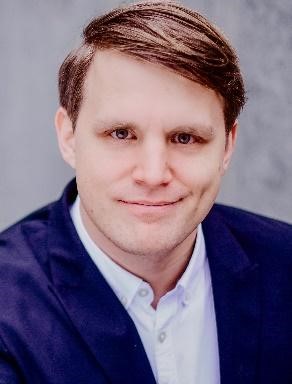
Niklas Heinemann
Ecological systems are often complex and dynamic, frequently retaining more than one regime of a stable equilibrium state. Thus, regime shifts can be readily caused by external drivers with different speeds. In river systems where benthic or pelagic algae can excessively grow, different eutrophication regimes may arise and can be shifted in a catchment over space and time. Identifying such regimes within a river network can help to define a safe operating space (SOS) for rivers in order to mitigate eutrophication. Although recent studies have shown temporal dynamics of river productivity regimes being dependent on geomorphological features, hydrological conditions, nutrient loading, and abiotic variables, in depth-knowledge on the differentiated regimes for the two competing algal communities is still missing. The goal of this PhD is therefore to advance the “CnANDY model”, a parsimonious river-network scale model for the dynamics of benthic and pelagic algae competing for the limiting nutrient phosphorus. For this, the model will be adapted to new scales and spatio-temporal variability of abiotic factors (e.g., light, temperature) and fluctuations in river discharge. The aim is to use the model to perform scenario analyses to pinpoint the effects of climate-induced extreme hydrologic conditions, river connectivity, and nutrient input (point- & diffuse sources) on algal dynamics to delineate an SOS for pelagic and benthic eutrophication.
|
Mentor Team Dr. Soohyun Yang Dr. Olaf Büttner Dr. Rohini Kumar Prof. Dietrich Borchardt Prof. Jacob D. Hosen Dr. Luca Carraro |

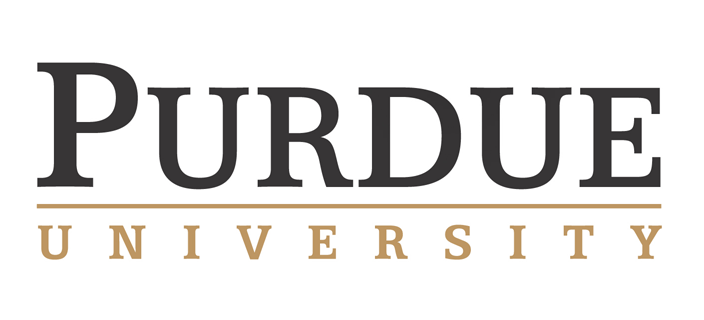
|

Alexander Hubig
Eutrophication, the problem of excessive nutrient pollution of waterbodies with massive algae growth as its main manifestation, has been a persistent environmental problem worldwide over the past decades. Whereas it has become clear that for inland waters, especially anthropogenic input of phosphorus is a major driver of eutrophication, aspects like the threshold for algae blooms or effects of other human interferences remain unclear. In my PhD project, I analyze large-scale data sets of chlorophyll a in rivers together with monitoring data of discharge and nutrients in order to find critical nutrient concentrations for severe algae blooms. By further linking these data with different catchment characteristics, I aim at finding empirical relations between different levels of human impacts and eutrophication behavior. Based on these results, a SMART algae growth module within the mQM (multiscale water quality model) framework will be developed.
|
Mentor Team Dr. Andreas Musolff Dr. Ulrike Scharfenberger Dr. Rohini Kumar Prof. Jan Fleckenstein |

|

Chao Lei
Stream networks collect loads of water and solutes from the catchment, and patterns of these loadings can be observed at the outlet. However, the situation of losing water from stream to groundwater can exert strong influences on the solute source composition and discharge at the catchment outlet. Long-term exploitation of groundwater and climate change may even exacerbate the losing conditions with the decline of groundwater. The first part of my PhD project will be the case study in the Bode catchment. By the build-up of the data-driven stream network model, we hope to quantify the losing conditions in this catchment and figure out their effects on the solute source composition. Meanwhile, we will simulate the situations of high and severe low flow in the model to better understand the impacts of extreme events. Following the last part, the temporal variability of losing and gaining conditions in the Bode catchment and the Suwannee River in Florida will be investigated then. Based on the research findings from the first two parts, we will work on the upscaling tasks at a larger scale possibly with the help of artificial intelligence (AI), such as in Germany or even Europe. The expected results will be the identification of losing-prone areas of the major European rivers and their trend in the future.
|
Mentor Team Dr. Christian Schmidt Dr. Larisa Tarasova Dr. Stefano Basso Dr. Andreas Musolff Prof. Matthew Cohen |


|

Yao Li
Traditional hydrological models mainly conceive stream network as the static objects predefined by the landscape. However, with the climate change, about 70% streams around the world exist intermittent characteristic, the river network extends and retracts as the catchment getting drier or wetter. This dynamic river network is of great ecological and bio-geochemical significance, especially for the transportation of instream nitrogen. The instream nitrogen concentration is affected by river network (transportation medium), input nitrogen source and definitely environmental biological system. If river network shrinks when input nitrogen source is high, the nitrogen might be struck in sites for the lack of transportation medium. Thus, low nitrogen concentration will be detected and high concentration will occur when the river network expands.
To better understand the impact of contracting and expanding stream networks on instream nitrogen cycling, models considering significant shape and length changes of river networks will be established to simulate associated nitrogen uptake variation. With this model people could have a whole look at how river network dynamics change the distribution of nitrogen at a catchment scale, thus achieve better nitrogen management and reeducation.
This model will base on a hydrological model mHM with groundwater model Modflow. The model couples the surface water and groundwater processes to show a dynamic river network. Model evaluation will use field river network observations within Bode catchment in central Germany (3200km²). This study site provides detailed meteorological and hydrological data including 10 years of nitrogen high frequency data at several water quality gauge stations for model testing.
|
Mentor Team Prof. Michael Rode Dr. Seifeddine Jomaa Prof. Gunnar Lischeid |

|

Michele Meyer
Nutrient concentrations in freshwaters are influenced by internal loading from sediments, which in turn rely on microbial metabolism. Specifically, benthic primary production provides labile sources of organic matter, thus increasing the mineralization of organic phosphorus (P) forms through enzymatic hydrolysis. Also, reducing conditions due to metabolic activity result in the dissolution and mobilization of mineral-bound P. These microbial processes promote substantial P-diffusive flux from sediments, increasing the risk of internal eutrophication even without additional external P inputs like wastewater. In the current climatic context and because of the higher frequency of extreme events like droughts, the role of P-release from benthic sediments is expected to gain importance due to higher temperature, longer water residence time, larger sediment/water ratio, and less external nutrient loadings. However, droughts do not occur alone but both coincide and interact with additional stressors. In this context, morphological degradation, specifically, may modify benthic nutrient uptake in freshwater ecosystems. From a floodplain perspective, morphological degradation is defined by the loss of connectivity between streams and floodplain waterbodies. In this PhD project, the influence of droughts and morphological degradation on microbial processes modifying the nutrient release from sediments will be studied. For this, the microbial processes and internal P loads in sites with varying hydrological connectivity from the Elbe river will be studied in the first step. The overarching goal of the project is to define a safe operating space to minimize the risk of internal eutrophication in floodplains.
|
Mentor Team Dr. Nuria Perujo Dr. Matthias Koschorreck Prof. Markus Weitere |

|
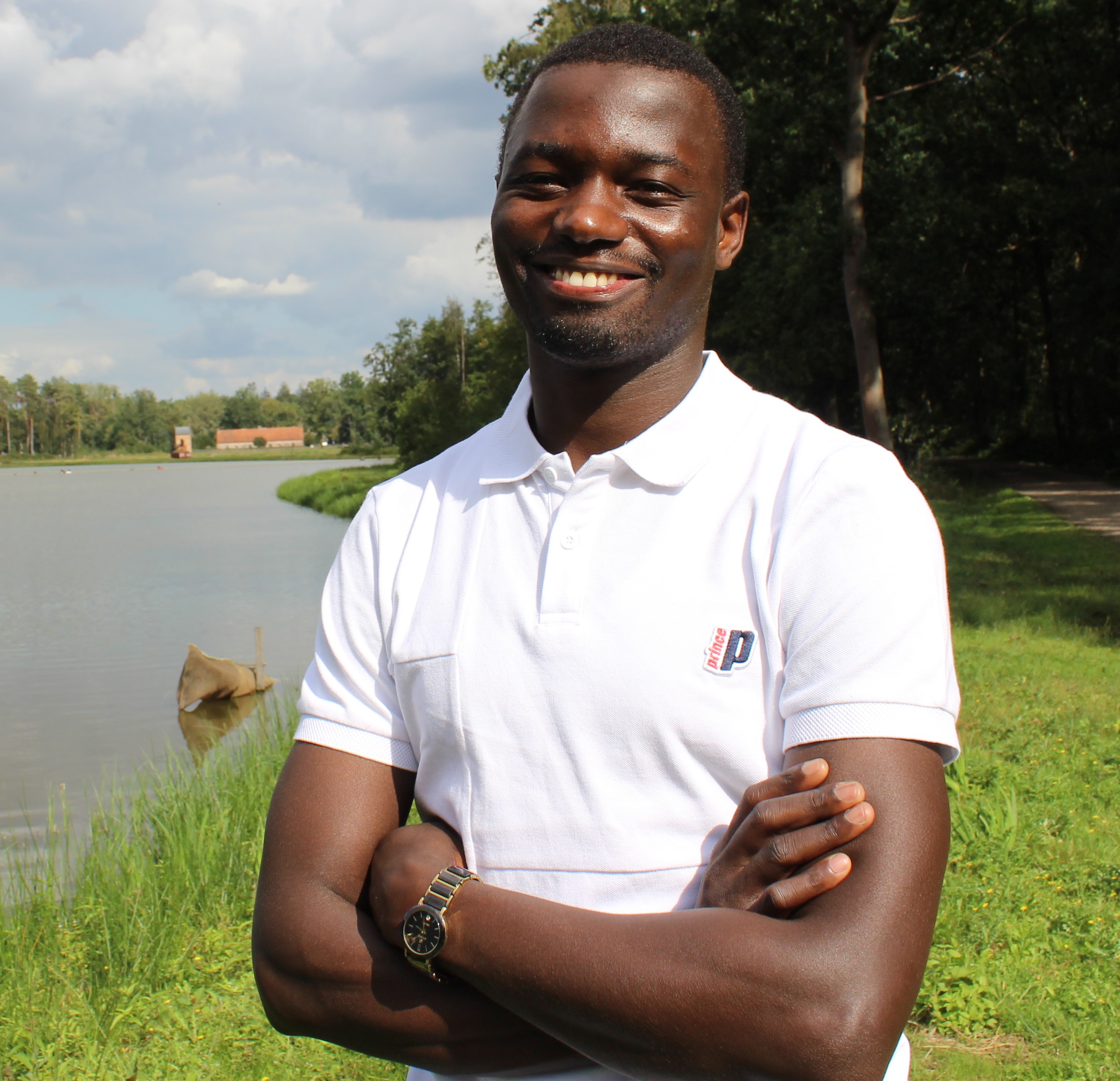
Faluku Nakulopa
On average about 30% of the global population experience severe water scarcity annually. The proportion is even bigger when both water quality and quantity are taken into consideration. With climatic and socio-economic changes, the water crisis will most likely worsen. This, essentially implies a multitude of conflicts among water uses and users. However, effective water governance strategies can be deployed to mitigate the water crisis and the resultant conflicts, and ensure sustainable water use and ecosystem health. In this study, we aim at developing – through reanalysis and modelling – an adaptive water governance framework that can be utilized to ensure sustainable water-use and ecosystem health. The study is piloted at the Möhne reservoir subcatchment in the North Rhine-Westphalia state, Germany. The sub-catchment represents a multidecadal time machine for hydroclimatic changes, socioeconomic dynamics and water governance by the Ruhrverband. The study will address four key questions:
i. How have the drivers and pressures of the reservoir water status changed over time?
ii. How have the water governance structures changed/responded over time?
iii. How has the water quality and quantity changed over time?
iv. What are the likely future drivers, pressures and governance structures/responses?
|
Mentor Team Dr.-Ing. Ilona Bärlund Dr. Karsten Rinke Prof. Dietrich Borchardt Dr. Rafael Marcé |


|

Christopher Nicholls
My PhD project is part of the project MeskalMon that aims to improve our understanding of suspended matter routing (including mineral and organic suspended matter, as well as nutrient and contaminant transport) through river systems. MescalMon applies remote sensing techniques to detect water quality parameters Chlorophyll-a (Chla) and turbidity or suspended sediment concentration (SSC) along long river channels of several deka-km. The methodological concepts couples remotely sensed data in the form of satellite, UAV, and multispectral camera images with in-situ data gathered data by various acoustic and optical sensors, Chla probes, spectrometer probes, in-situ particle size analyzers and manual water sampling. In conjunction with ADCP (acoustic Doppler current profilers) applications the large-scale flow field if river channels will be measured, which facilitates the analysis of the hydraulics of river systems and the longitudinal, lateral and vertical mixing of suspended matter and associated nutrients and contaminants. Due to the cross-scale concept of the MeskalMon approach, my PhD aims to advance the scale transfer from local in-situ measurement to larger scale river reaches and catchments.
In context of TRACER my PhD focuses on the human induced water stresses or loading (L) in terms of the transfer of contaminated suspended matter and algae blooms through river systems. The expected outcome of the PhD - a broader understanding of Chla and turbidity/SSC dynamics within rivers - improves water quality monitoring and management and represents a key element within the field of water security. Furthermore, the cross-scale approach imbedded in the PhD potentially provides valuable information for scale-transfers from local measurements to catchment integrated understanding of anthropogenic loadings.
|
Mentor Dr. Thomas Hoffmann |

|
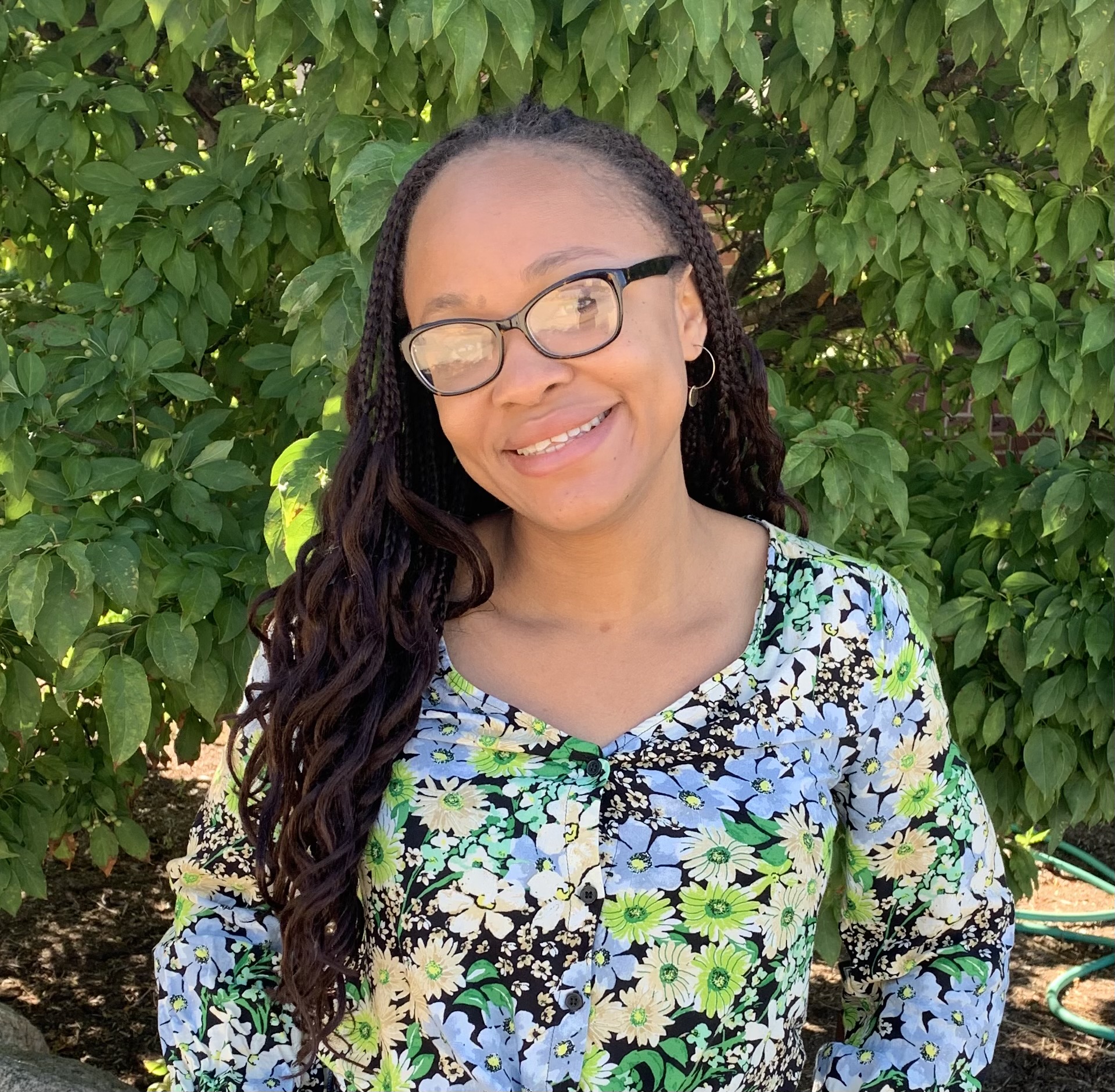
Lynda Godwin Peter
Occurrence, Transport and Fate of Per- and Polyfluoroalkyl Substances (PFAS) in Agricultural Systems
PFAS are ubiquitous and highly persistent in the environment because of their wide industrial applications and chemical structure respectively. PFAS can be introduced to the environment via several channels including atmospheric deposition, plant uptake, irrigation water, firefighting foams, and land application of previously anthropogenic waste including by-products of wastewater treatment plants. Beneficial reuse of biosolids and wastewater in agricultural production simultaneously promotes soil health and sustainability. However, mounting concerns over possible contamination of water sources is driving regulatory entities to consider banning all land applications of PFAS-containing residuals. Therefore, my current research considers the magnitude and the potential of groundwater contamination with PFAS from lands receiving biosolids compared to other sources of PFAS in the environment and sustainable ways to mitigate identified risks. Overall, the study involves a combination of field, laboratory, and modeling initiatives to investigate and improve the understanding of PFAS occurrence and fate in agricultural systems and their impact on rural water resources. The study investigates two major concerns, namely, impact of extended irrigation activities and biosolid applications on PFAS accumulation in soil and groundwater, and detection of PFAS in private wells serving rural communities. Furthermore, modeling data will be employed to aid in identifying landscape, hydrological, and soil characteristics that are most appropriate for receiving biosolids or treated wastewater with minimal impact on water and crop resources.
|
Mentor Team Prof. Linda Lee Prof. Suresh Rao Dr. Laura Bowling Prof. Kurt Pennell |
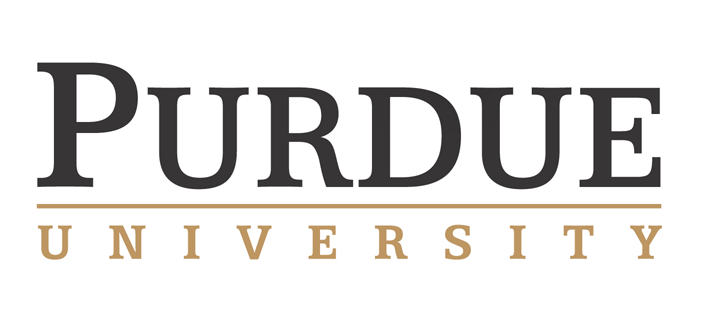
|
Linus Schauer
Which parts of the landscape are the most significant sources of solutes to streams? Where in the stream network, and how frequently, should we measure solute concentrations to identify both sources and transformations? Recent technical advances of in-situ sensors enable high-frequency measurements of discharge and water quality and help to close the gap between divergent spatial and temporal scales of water quality processes and observations. High-frequency time series can shine light on the temporal variability of stream runoff, which is highly dynamic in time and strongly correlated in space. Solute source zones, however, are heterogeneously distributed in space, leading to important cost- and information trade-offs when designing monitoring programs. Recent work examining solute spatial vs temporal variability suggests spatial variability is significantly under-appreciated. The aim of this study is to setup a space-time variance framework and to understand the origins of spatial vs temporal water quality patterns in respect to geographical, anthropogenic, hydrological and climatological drivers.
|
Mentor Team Dr. Andreas Musolff Prof. Jan Fleckenstein Prof. James Jawitz Prof. Matthew Cohen |


|

Geovanni Teran Velasquez
Nutrient and chemical pollution of emerging contaminants (e.g. pharmaceuticals) from diffuse sources (e.g. agriculture) and point sources (wastewater discharges) are well-known pressures reported for river ecosystems. The European Water Framework Directive (WFD) implemented monitoring programs across river networks for the definition river basin management plans to achieve the required good ecological and chemical status. However, permanent and consistent monitoring of many water quality parameters at large river catchments requires huge effort by governments and environmental agencies. Moreover, measured environmental concentrations (MEC) are often constrained to fixed sampling points with low temporal resolution, from which statements about longitudinal substance dynamics at different time points are prone to be very uncertain. Here, the use of in-stream water quality models and substance-routing models is crucial to fill spatiotemporal data gaps from monitoring networks, track the behavior of waterborne substances and conduct spatial risk screening. This PhD project will focus to track longitudinally nutrient dynamics and some pharmaceuticals along river networks with high spatiotemporal resolution. Based on available lagrangian and eulerian data of MEC of water quality parameters and spatiotemporal enriched prescription data of pharmaceuticals, different in-stream water quality models and parsimonious substance-routing models will be employed depending on the river catchment scale. Multiple tailored lagrangian and multisite calibrations will be performed to identify site-specific transformation rates. With this, the environmental risk assessment across different river networks can be enhanced by accurate risk-exposure screening of critical pollution in space and time. The findings of this study are expected to help by the implementation of effective mitigation strategies.
|
Mentor Team Prof. Peter Krebs Dipl.-Ing., Dipl.-Hydrol. Björn Helm |

|
